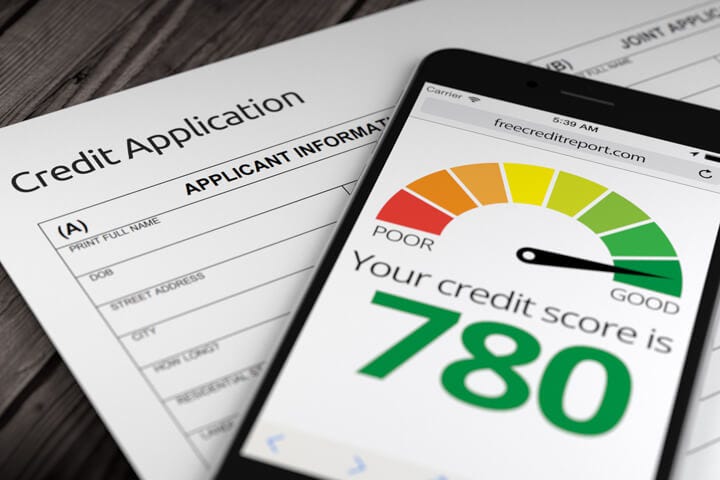Investing is no longer just about financial gains; it’s about making a positive impact on the planet and society. Sustainable and green investing, centered around Environmental, Social, and Governance (ESG) funds, has surged in popularity in recent years. More investors from Tier-1 countries are embracing this approach, aiming to grow their wealth responsibly. If you want to align your portfolio with your values without sacrificing returns, this guide will walk you through everything you need to know about sustainable and green investing with ESG funds.
What Is Sustainable and Green Investing?
Sustainable investing involves choosing investments that consider ESG factors, meaning companies are evaluated not just for profits but also for their impact on the environment, society, and how well they govern themselves.
Green investing, a subset of sustainable investing, focuses specifically on companies and projects that promote environmental sustainability. This includes renewable energy, clean technology, waste management, and water conservation.
Together, these investment styles prioritize long-term value by supporting businesses that are environmentally responsible, socially conscious, and ethically managed.
Understanding ESG Funds: The Backbone of Green Investing
ESG funds pool money from investors to invest in companies meeting specific ESG criteria. These funds typically screen out businesses that harm the environment or violate social and ethical norms, such as fossil fuel companies or those with poor labor practices.
Investors interested in both financial growth and positive impact find ESG funds appealing because they combine returns with responsibility. The ESG fund managers analyze risks and opportunities related to sustainability and governance, making these funds an efficient way to invest in the future.
Why Choose Sustainable and Green Investing?
Risk Management and Resilience
Companies ignoring ESG issues may face regulatory penalties, environmental disasters, or social backlash — all of which can hurt their financial performance. On the other hand, businesses focused on sustainability tend to be better managed and show resilience in changing markets.
Competitive Returns
Contrary to the myth that green investments sacrifice profits, many ESG funds have delivered competitive or even superior returns over traditional funds. Sustainable companies often capitalize on new market trends, including clean energy and circular economy models.
Aligning Investments with Values
For many investors, seeing their money promote positive change is as important as profits. Sustainable investing lets you contribute to climate action, social equity, and ethical governance while working toward your financial goals.
How to Start Investing in ESG Funds
- Research ESG Funds
Identify funds with clear, transparent ESG criteria. Look for independent ESG ratings or certifications to ensure legitimacy. - Understand Fund Types
ESG funds include mutual funds, exchange-traded funds (ETFs), and index funds. ETFs are popular for their liquidity and low fees. - Evaluate Performance
Review historical returns but also assess how closely the fund sticks to its sustainability goals. - Check Fees
ESG funds may have varying expense ratios. Choose funds that balance cost and impact. - Start Small and Diversify
Like any investment, diversify your holdings to manage risk.
Common ESG Investment Strategies
- Positive Screening: Investing only in companies that meet ESG standards.
- Negative Screening: Avoiding industries or companies with poor ESG records.
- Impact Investing: Targeting companies or projects that create measurable environmental or social impact.
- Thematic Investing: Investing in themes like renewable energy or sustainable agriculture.
Challenges and Criticisms of ESG Investing
While ESG investing is promising, it is not without challenges. The lack of standardized ESG reporting makes comparing funds difficult. Sometimes, “greenwashing” occurs when companies exaggerate their sustainability efforts. Investors need to stay vigilant and do thorough due diligence.
The Future of Sustainable and Green Investing
Sustainable investing is expected to keep growing globally. Innovations in ESG data analytics and increasing regulations are making ESG integration more robust. As climate change and social issues become more urgent, green investing remains a smart and impactful choice.
Conclusion
Sustainable and green investing through ESG funds offers a powerful way to grow your money while supporting a healthier planet and fairer society. By aligning your investment portfolio with environmental and social values, you not only manage risks better but also stand to earn competitive returns. Start by educating yourself, choosing credible funds, and making informed decisions. The future of investing is green—join the movement today.
Ready to make your money work for both you and the world? Explore ESG funds now and take the first step toward a sustainable investment journey!





